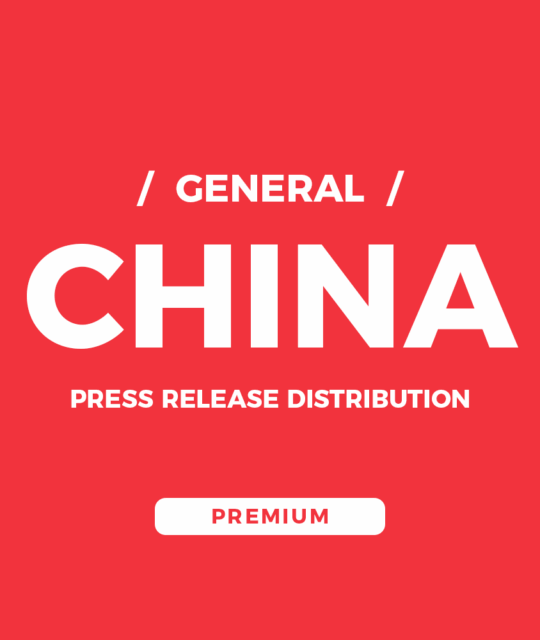Entering China’s vast consumer market demands more than just translating product descriptions or slapping a local label. China’s consumer culture is unique, nuanced, and rapidly evolving. Global brands must carefully adapt their product positioning to resonate deeply with Chinese consumers’ values, preferences, and expectations. At China Business Agency, we guide brands through this cultural labyrinth to secure a meaningful and competitive market presence.
Understanding China’s Consumer Culture
China’s consumers are diverse but share some distinct characteristics:
- Value quality and authenticity: Trust is paramount, especially after experiences with counterfeit goods and product scandals.
- Strong preference for premium and innovative products: Rising middle class seeks products that symbolize status and sophistication.
- Emphasis on social proof: Recommendations from family, friends, and influencers heavily influence purchase decisions.
- Evolving lifestyles and aspirations: Urbanization and digitalization shape consumer habits, especially among millennials and Gen Z.
Key Considerations in Product Positioning
1. Highlight Product Benefits That Align with Local Values
Chinese consumers appreciate products that enhance family wellbeing, health, education, or social status. For example, skincare brands emphasizing natural ingredients and safety often outperform purely aesthetic claims.
2. Localize Branding and Messaging
Use culturally relevant symbols, colors, and narratives. Red is auspicious, while certain numbers (like 8) symbolize luck. Avoid cultural taboos in naming and visuals.
3. Leverage Social Proof and Influencers
Incorporate testimonials from trusted KOLs (Key Opinion Leaders) and integrate user-generated content to build credibility. Brands that engage meaningfully with local influencers can accelerate trust-building.
4. Adapt Pricing Strategies
China’s market has space for luxury, mid-tier, and value products, but pricing must reflect perceived quality and status. Flash sales and limited editions often drive excitement and exclusivity.
5. Embrace Digital and Social Commerce
Integrate product positioning with the user experience on platforms like WeChat, Tmall, JD.com, and Xiaohongshu to meet consumers where they shop and socialize.
Media and E-commerce Platforms Vital for Product Positioning
- Tmall and JD.com: Leading marketplaces that influence consumer trust and product discovery.
- WeChat: Essential for customer engagement and mini-program e-commerce integration.
- Xiaohongshu (Rednote): Where lifestyle content meets commerce, crucial for beauty and fashion sectors.
- Douyin: Short-video content platform for interactive storytelling and viral campaigns.
How China Business Agency Supports Product Positioning
Our services ensure your product resonates with China’s consumers by:
- Conducting in-depth market research to understand local preferences and competitive landscapes
- Crafting localized branding, messaging, and packaging to reflect cultural values and consumer expectations
- Managing influencer partnerships and content campaigns to amplify social proof
- Designing digital marketing strategies that integrate social commerce and e-commerce channels
- Advising on pricing and distribution tailored to your target market segments
Case Study: Premium Health Supplement Brand Localization
We helped a global health supplement brand reposition their products for Chinese consumers by emphasizing traditional herbal ingredients and family health benefits. By collaborating with trusted health KOLs on Xiaohongshu and launching targeted campaigns on Tmall, the brand increased sales by 120% within six months.
Conclusion
Successful product positioning in China requires cultural insight, localized messaging, and an integrated digital approach. With China Business Agency’s expertise, global brands can confidently adapt and thrive in China’s unique consumer landscape.



